Reconstruction in Nepal following the 2015 earthquake has stalled because there are simply not enough skilled professionals available. In recognition of this need, Swisscontact was funded to train 600 construction workers and 400 masons in Sindhuli District. Now they not only have income, they are also supporting reconstruction and finding their way back to a normal life.
In early 2015, the inhabitants of Sindhuli District in Nepal were optimistic. A new highway linked the region with Kathmandu and the trip to the capital was radically shortened from 400 to 185 kilometres. Transporting goods and medicine became cheaper and access to education easier. For the region’s 300,000 inhabitants this meant the start of rapid development: The new highway represented a road out of poverty.
On April 25, 2015, everything changed when the earthquake struck. Over 34,000 homes in Sindhuli were destroyed and the new highway was severely damaged, resulting in the disruption of food and medicine distribution to this hilly region. Sindhuli was among the 14 most severely affected regions. Despite the significant needs, there were no humanitarian organisations present other than the Nepalese Red Cross. Reconstruction began slowly. Only 150 trained masons in Sindhuli knew how to rebuild earthquake-safe houses; it was established that 4,200 workers would need to be trained to support for the reconstruction efforts.
To help address this lack of skilled professionals, Swisscontact launched a training programme with Swiss Solidarity funding for people who had lost their homes in the earthquake. During a 50-day training programme, with participants working in groups of 10, they rebuilt a group member’s home. In doing so, they learned hands-on all the steps required for earthquake-safe construction.
Of the 600 training participants, more than one-third (224) were women. As many men work abroad, women in Nepal are playing a key role in reconstructing the area. Swisscontact also organised advanced training for 400 professional masons to expand their skills in earthquake-safe construction. Over 80% of graduates continue to work in the construction sector, even after having built their own homes. There is no lack of work and opportunity for these now-skilled individuals.
In addition to the training, Swisscontact was the only organisation to launch a sensitisation campaign for homeowners in the reconstruction. Initiatives ranged from information events in villages to a national TV programme. The objective of the campaign was to enhance people’s skills in earthquake-safe construction to ensure that they are better prepared for any potential future natural catastrophes.
Swisscontact’s “Skills for Safe Reconstruction Project” in Nepal features two main components: qualification of construction workers and sensitisation of homeowners. Together, they form the basis for secure reconstruction after the April 2015 earthquake. Below we list the essential steps for ensuring a newly-built home will remain standing after an earthquake.
Access to technical support ensures that the minimum legal requirements set by the authorities for single family homes will be respected. Only after a state-appointed engineer confirms compliance with these minimum requirements will homeowners receive state support of up to 300,000 Nepalese rupees (around 2,800 Swiss francs) for earthquake-safe reconstruction of their homes.
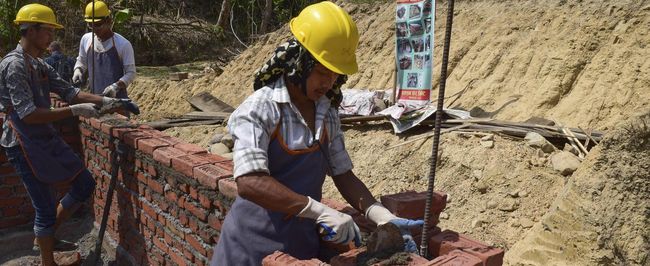
Well-trained masons ensure the work quality. They apply their certified skills in earthquake-safe construction techniques.
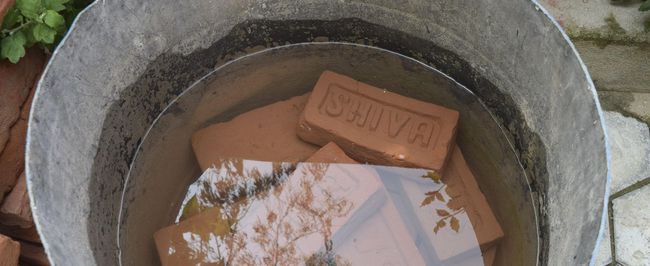
Earthquake-safe construction alone does not guarantee that houses will be protected in an earthquake. High-quality materials must be used and correctly implemented. Examples include using long and flat stones, rather than small, round ones, as with the latter there will not be enough of a mortar bond; using high-quality wood as this will prevent rot and insect infestation; and soaking the bricks in water before use so that they do not draw moisture from the wet mortar.
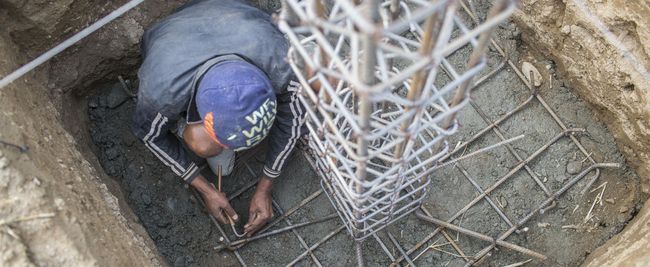
The lack of foundations was one of the main causes for many houses collapsing during the 2015 earthquake. A foundation is essential for a sturdy and safe house. It not only supports the weight of the building, it also protects it against strong winds. The foundation is a solid anchor for vertical concrete reinforcements.
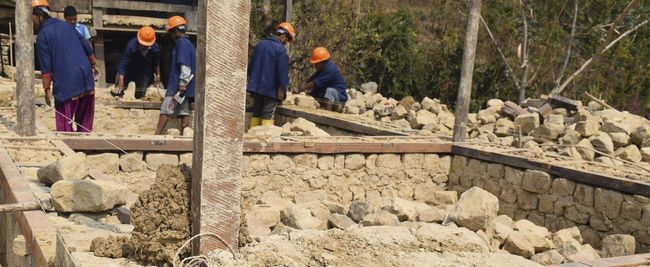
Vertical reinforcement is made of steel or wooden rods placed in the corners of the home and affixed from above and below. With movement of the ground they prevent the walls from “falling out of the house.”
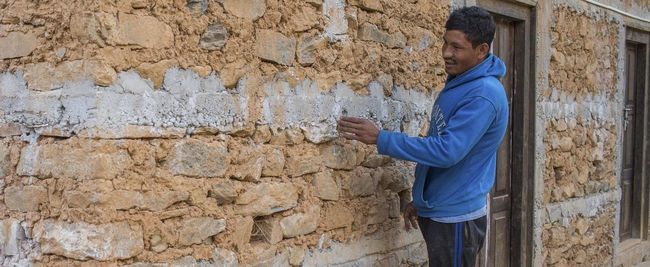
Horizontal rods function like a belt that is tightened around the girth of the house. Combined with vertical reinforcement, they hold a house in place during seismic movements.
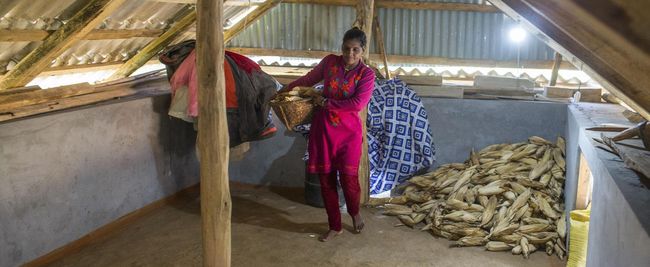
Light-weight roofing materials are preferable to heavy construction materials such as stone plates or flat wooden roofs, which are often covered with an earthen layer. Light-weight roofing reduces the load on the walls and foundations during earthquakes.
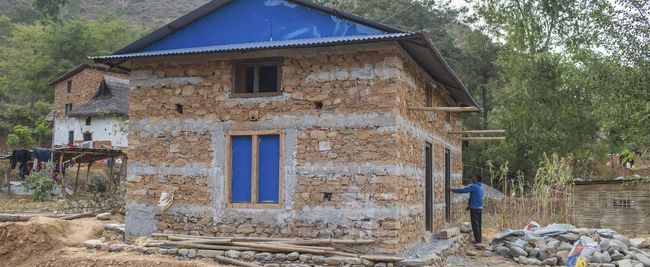
Earthquake safety is higher if defined maximum heights and optimal building shapes are respected. U- or L-shaped buildings or those with long, unsupported walls are less resistant to seismic shocks. Very tall buildings and homes with large doors and windows are also more susceptible to earthquake damage.
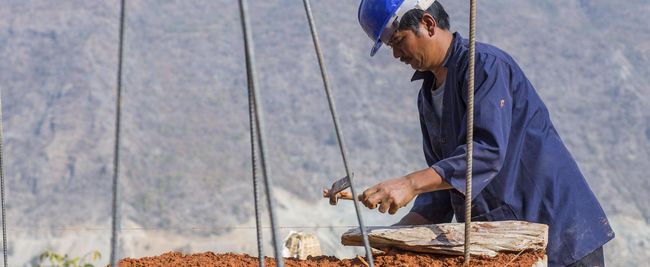
In the age of cement and steel, traditional construction with stones has been left by the wayside to save time and money. But the centuries-old technique of using interlocking stones, headers and cornerstones make the walls far more earthquake resistant.
Swisscontact
Swiss Foundation for Technical Cooperation
Hardturmstrasse 123
CH-8005 Zurich
Tel. +41 44 454 17 17
Fax +41 44 454 17 97
E-Mail info@swisscontact.org